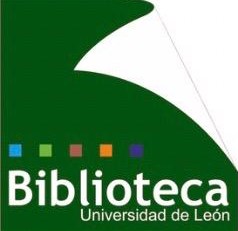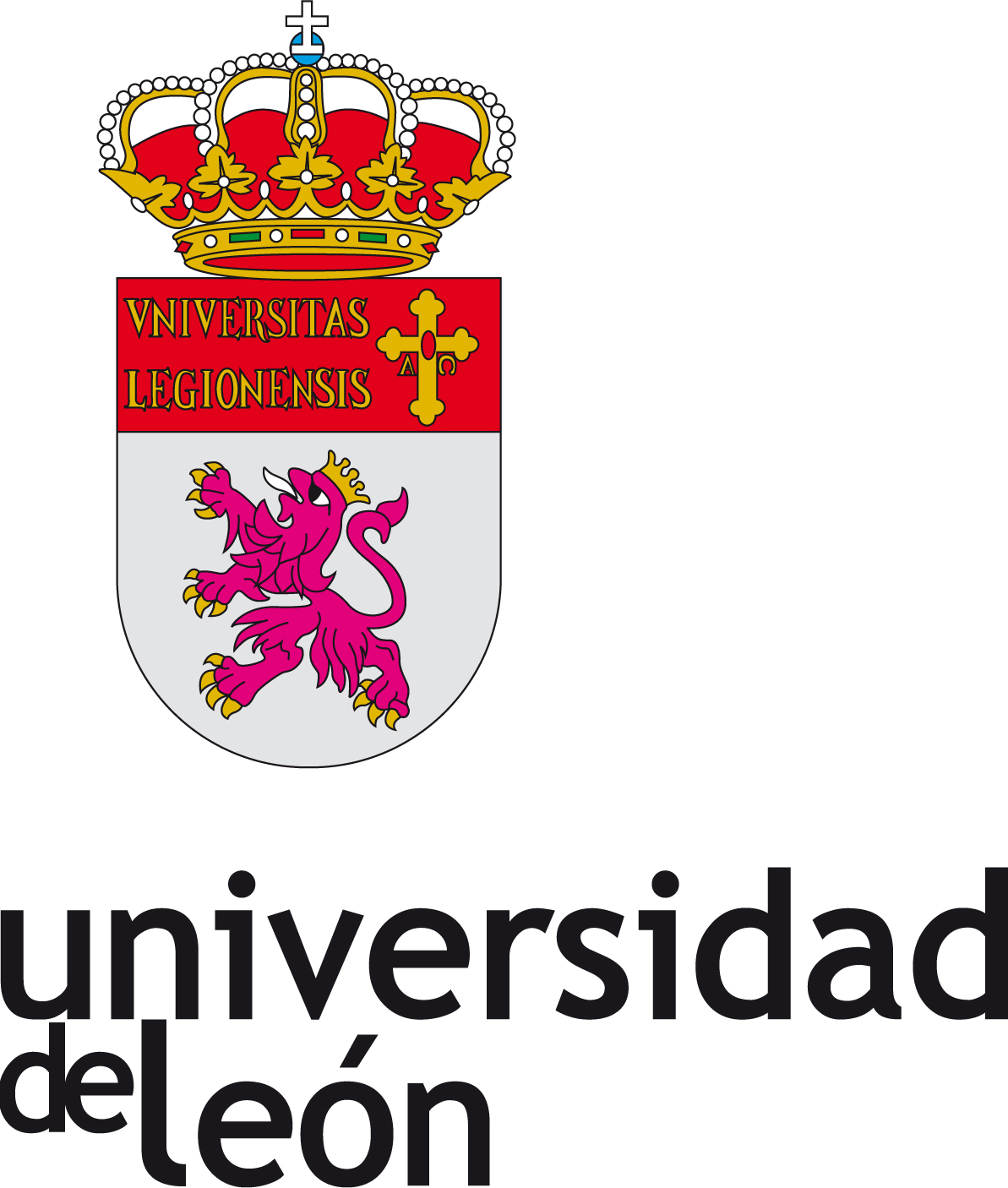Compartir
Título
Modelling the spatial variation of vital rates: An evaluation of the strengths and weaknesses of correlative species distribution models
Autor
Facultad/Centro
Área de conocimiento
Datos de la obra
Diversity and Distribution, 2017, vol. 23, n. 8
Editor
John Wiley & Sons
Fecha
2017-08
Résumé
Aim: Species distribution models based on breeding occurrence data allow for identifying
both environmental drivers and geographic areas potentially relevant for breeding.
However, the interpretation of model predictions in terms of reproductive
performance should be further investigated, as this information is crucial for conservation
planning. We evaluated the strengths and weaknesses of a correlative modelling
approach based on breeding occurrence data (presence–absence) against another approach
based on vital rates’ data (breeding success) for gaining insights on species
persistence in the case of Great Bustards (Otis tarda).
Location: Spain.
Methods: Breeding occurrence and breeding success were independently modelled using
generalized linear models and multimodel inference analyses. Sensitivities to the way in
which the population parameter (breeding success) was defined were explored by building
five versions of the dependent variable. We evaluated differences in model performance
and identified areas of congruence for breeding occurrence and breeding success.
Results: The agreement between the spatial predictions achieved by breeding occurrence
and breeding success models differed substantially across databases, with the
largest differences in occupied breeding areas. The deviance explained by the breeding
occurrence model was 64.98% and ranged from 7.83% to 62.27% for the breeding
success models. Model performance was higher for models calibrated within potential
than within occupied breeding areas.
Main conclusions: The combination of data on both breeding occurrence and breeding
success into a species distribution modelling framework showed the limitations of
breeding occurrence models for inferring reproductive parameters. The definition of
the population parameter as dependent variable was a key factor that strongly affected
the inference of vital rates’ models. The approach allowed for discriminating between
areas and landscape attributes necessary for the long-term
species persistence from
others that may be relevant, but not so much for reproductive performance.
Materia
Palabras clave
URI
Aparece en las colecciones
- Untitled [4625]
Fichier(s) constituant ce document
Tamaño:
6.119
xmlui.dri2xhtml.METS-1.0.size-megabytes
Formato:
Adobe PDF













